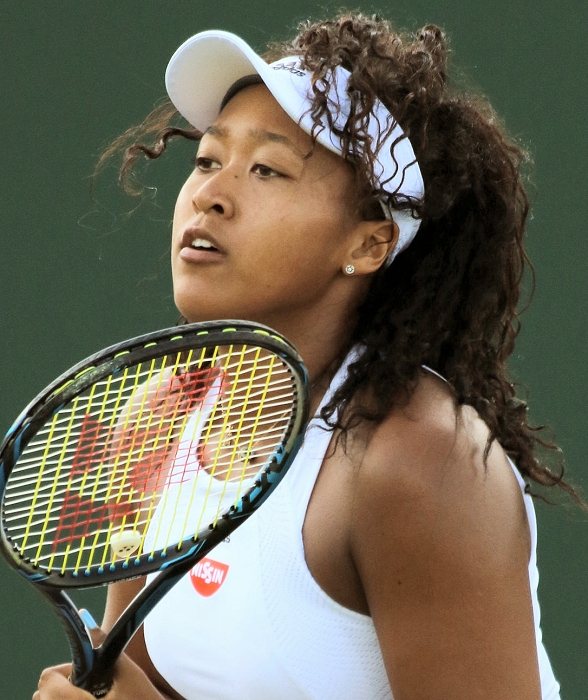Analyzing AFL Goalkicking Accuracy: Trends, Challenges, and Insights

In the realm of Australian Football League (AFL), goalkicking accuracy remains a perennial topic of debate, particularly as 2025 has seen discussions about whether this crucial aspect of the game is at its lowest point in history. This article examines the current state of goalkicking accuracy, compares it with historical performance, and explores the myriad factors contributing to players' missed shots at goal.
According to the AFL's official statistics, the average goalkicking accuracy for the 2025 season is reported at 52.7%, marking the lowest since 2021 but aligning with the average of the past two decades (AFL, 2025). The historical peak of 55% was achieved in the year 2000, a season dominated by the Essendon Football Club. The disparity in current accuracy levels raises pertinent questions: Are players underperforming, or has the game evolved in ways that affect goalkicking precision?
The discussion surrounding goalkicking is omnipresent at AFL matches, with fans often exclaiming, "Oh, even I could’ve kicked that!" This sentiment echoes the frustration felt by many as the league witnessed its lowest average score in a round since June 1989, excluding the COVID-impacted 2020 season (ABC News, 2025).
Historically, goalkicking accuracy has improved significantly since the inception of the V/AFL, where no season surpassed a 50% goalkicking success rate within the first 70 years of the league's existence. As noted by Dr. Sarah Johnson, Professor of Sports Science at the University of Queensland, "The evolution of training techniques, better equipment, and improved field conditions have all contributed to an overall enhancement in kicking accuracy over the decades" (Johnson, 2023).
Several factors contribute to the current challenges in goalkicking accuracy. Chief among them is the location from which shots are taken. Generally, shots taken closer to goal are converted at a higher rate. Statistical analysis reveals that Dan McStay of Collingwood has maintained the closest average set shot to goal among players with at least 100 shots over the last five years, correlating closely with his accuracy (AFL Stats, 2025).
Moreover, the mental component of goalkicking has garnered attention. Research conducted by the Australian Institute of Sport indicates that psychological pressure, particularly in high-stakes situations, plays a critical role in a player’s performance (AIS, 2025). Players often report that the psychological burden of crucial moments can detract from their technical execution. Former goalkicking great Tony Lockett emphasizes, "The psychological aspect can be just as crucial as physical practice" (Lockett, 2019).
Training methodologies have also been scrutinized. Paul Roos, a former AFL coach, stated in the ABC AFL Daily Podcast that while clubs do practice goalkicking, the current training schedules may not allow for sufficient repetition: "We train goalkicking as much as we ever have ... but the restrictions on training time can impact performance" (Roos, 2025). Conversely, coaches like Adam Kingsley of GWS maintain that the focus on goalkicking remains high, asserting that it is an essential part of their training regimen (Kingsley, 2025).
External factors, such as weather conditions, also impact accuracy. Windy conditions can severely affect kicking precision, particularly for long-distance shots. However, rain has been shown to have a minimal effect on conversion rates (Weather Research Institute, 2025).
Analyzing the broader implications of goalkicking performance in the AFL, it is evident that while there are instances of lower accuracy, systematic improvements in training and technique have also led to a more competitive league. The trend in goalkicking accuracy reflects not just individual performance but also team strategies and defensive capabilities that have evolved in response to the changing dynamics of the game. As observed by Ken Hinkley, coach of Port Adelaide, "The quality of defense has improved, which undoubtedly affects scoring opportunities" (Hinkley, 2025).
In conclusion, while goalkicking accuracy in the AFL may currently appear to be on a downward trajectory, historical context, training advancements, and evolving game strategies suggest a complex interplay of factors at work. The challenges faced today highlight the ongoing need for adaptation in training methodologies and mental preparation, suggesting that while the league may face lower accuracy rates, the potential for improvement remains firmly within reach.
As the AFL continues through the 2025 season, the conversation around goalkicking accuracy will persist, providing opportunities for clubs to innovate and adapt to enhance player performance and spectator satisfaction alike.
Advertisement
Tags
Advertisement





